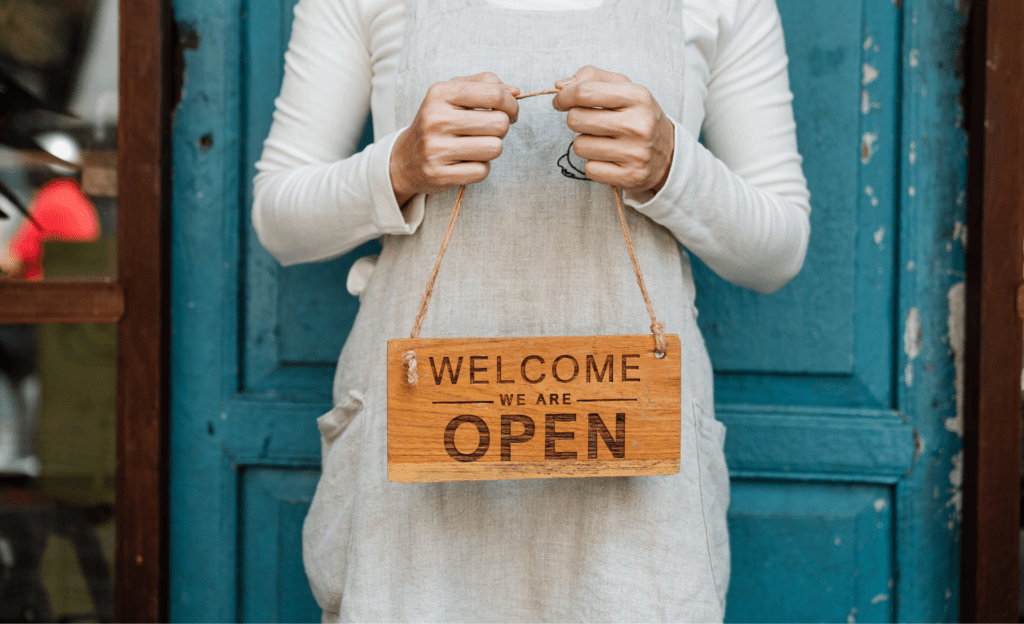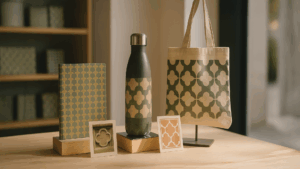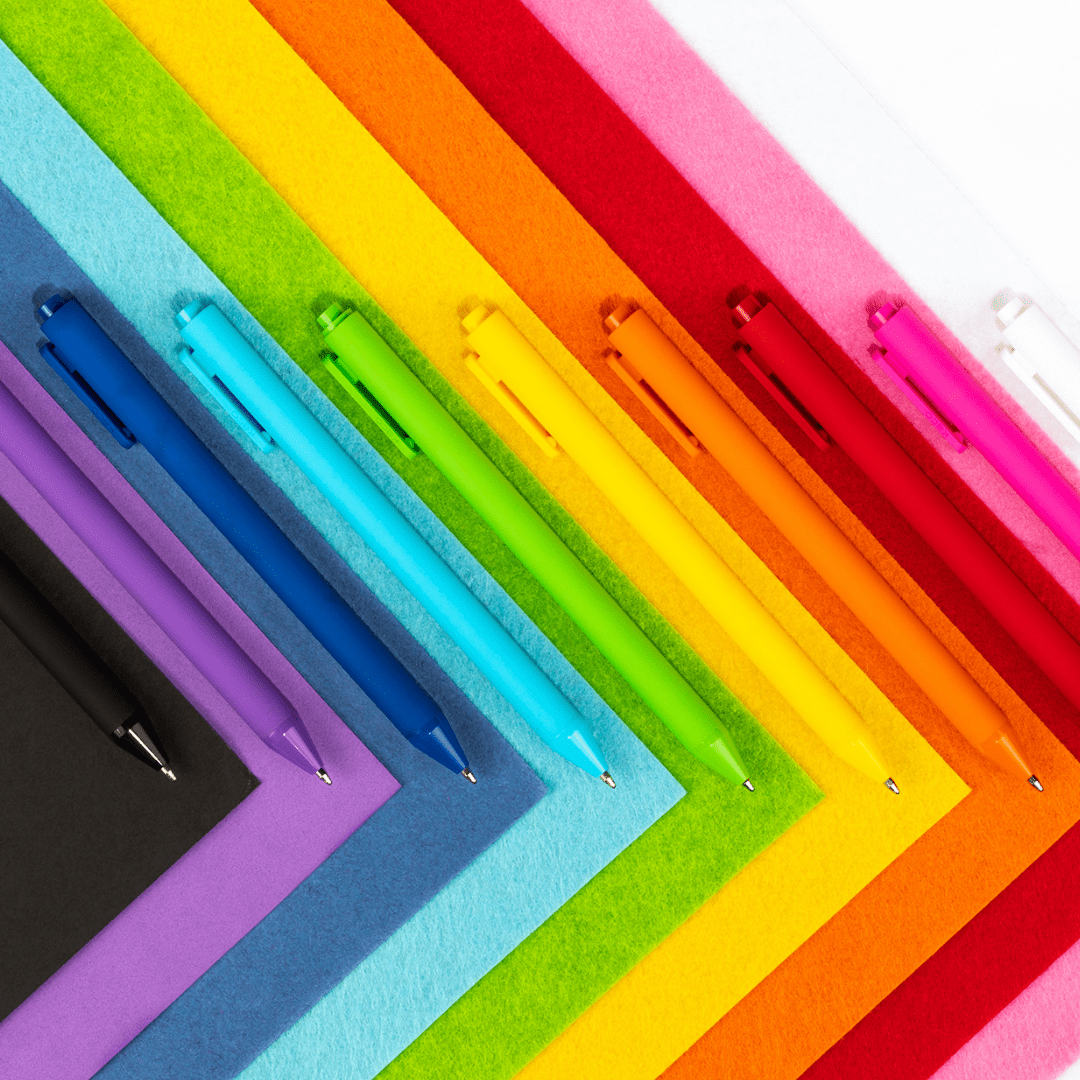Many small museums and visitor attractions across the UK are facing unprecedented financial challenges. After pandemic disruptions and amid rising costs, visitor numbers are still below pre-2020 levels.
In fact, three in five small UK museums fear they may have to close due to declining footfall and revenue. Not only are fewer people visiting, but even those who do visit are spending less on-site (64% of museums reported lower footfall due to the cost-of-living crisis, and 61% saw a drop in visitor spending).
In this tough climate, attractions need to look beyond ticket sales for income. One increasingly critical revenue stream is merchandise – the souvenirs and gifts visitors purchase as mementos. Let's explore how selling souvenirs can boost income, help maintain exhibits, enhance the visitor experience, and even expand a museum’s reach beyond its walls.
For attractions with limited funding, merchandise sales can be a game-changer. In some cases, souvenir revenue isn’t just pocket change – it can contribute an estimated 20% to 40% of total revenue at visitor attractions. This means a well-run gift shop can generate nearly as much income as ticket admissions or grants for many sites. For small museums struggling with budget shortfalls, that extra income could be the difference between thriving and having to shut doors.
Enhancing Visitor Experience and Lasting Memories
Souvenirs play a meaningful role in the visitor experience. A museum visit isn’t complete for many people until they’ve picked up a memento to remember it by. These items serve as tangible memories of the trip, sparking nostalgia and stories long after the visit. In fact, souvenirs hold a special place in visitors’ hearts: they’re tokens of the experience as much as they are a revenue source.
From the museum’s perspective, merchandise can extend the engagement beyond the exhibits. A well-curated gift shop allows visitors to take a piece of the museum’s story home with them. Visitors leave not only with memories, but with something physical that keeps those memories alive. This positive experience increases the likelihood they’ll speak fondly of the museum to friends or plan a return visit in the future. In essence, merchandise adds value to the visit – it’s the cherry on top that leaves a lasting impression.
Quality Merchandise Drives Repeat Visits and Word-of-Mouth
Investing in high-quality, well-branded merchandise pays off far beyond the immediate sale. When a visitor brings home a beautifully designed tote bag or wears a stylish museum T-shirt, they become a walking ambassador for that attraction. Friends might ask, “Where did you get that great bag?” – opening the door for a recommendation. This kind of organic word-of-mouth marketing is incredibly valuable. It spreads awareness of the museum to potential new visitors who see the merchandise being used or hear positive stories associated with it. In other words, every time a logo mug is sipped from at the office or a poster from the museum is hung on a wall, it’s quietly promoting the institution.
Quality is key here: people are more likely to use and show off items that are well-made and attractive. Cheap, generic trinkets tend to end up forgotten in a drawer. By contrast, a thoughtfully designed souvenir (like a gloss printed notebook featuring artwork from the collection or a reusable coffee tumbler) will be cherished. High production values and good design also signal the caliber of the museum itself, reinforcing the brand. Visitors who have a great experience and take home a durable memento are more likely to remember that experience fondly and plan a repeat visit. They may also share photos of their souvenirs on social media or leave reviews mentioning the fantastic gift shop, further amplifying the museum’s reputation. In fact, a strong retail offering can even draw locals back during different seasons – for example, to shop for holiday gifts – giving museums additional off-season footfall. All told, well-branded merchandise serves a dual purpose: it boosts income and acts as free advertising that keeps visitors connected to the museum long after they’ve left.
Expanding Reach with Online Sales
In the digital age, a museum’s retail opportunities don’t end at the exit door. Online gift shops allow attractions to reach far beyond the physical visitor base. This became especially clear during the COVID-19 lockdowns, when museums with e-commerce capabilities continued to earn income despite having zero in-person visitors. Even in normal times, an online store is a powerful tool to expand reach and revenue. It lets anyone, anywhere, shop the museum’s unique products – whether they’re reliving a visit or have never set foot in the venue. For example, a fan of British history in another country can buy souvenirs from a London museum’s website, effectively “entering” through the digital gift shop. As one expert put it, a good e-commerce gift shop can bolster both the funds and the profile of a museum, helping weather tough times and future-proofing popularity.
Online sales are also a smart strategy for times when on-site visitor numbers are low. Rather than being limited to the people who walk through your doors, an online shop is “open” to a global audience 24/7. It can attract non-visiting customers and even encourage larger purchases, since shoppers don’t have to worry about carrying items home in their luggage. Someone who loved a museum but couldn’t splurge on a big item during the visit might later buy that item online when they’re back home. Additionally, museum websites can offer exclusive products or shipping deals that nudge people to hit the “checkout” button. Importantly, an online store also taps into impulse buys and gift shopping – a user might stumble on your site while searching for a unique present and end up buying from the museum because of the special inventory. Every online order is not only revenue in the bank; it’s also a new connection made. That customer could be inspired to visit in person someday, or at least to follow the museum’s events and support it from afar. In short, embracing online merchandise sales allows museums to engage supporters worldwide and generate income year-round, unrestricted by geography or opening hours.
Visit Merchr.com/enterprise on how to get started or expand your online store today.
Conclusion: Securing the Future with Merchandise
For UK museums and visitor attractions facing uncertain finances, merchandise isn’t just about selling souvenirs – it’s about creating opportunity. A well-planned merchandise strategy can provide a steady revenue stream that keeps exhibitions funded, staff employed, and doors open even during downturns. It enhances the visitor experience by offering lasting memories to take home, and it turns visitors into brand ambassadors who share their enthusiasm with others. From the smallest local heritage museum to the largest national gallery, every institution stands to gain by investing in high-quality, branded products that resonate with their audience. Furthermore, by leveraging online sales, museums can multiply their reach and revenue beyond the constraints of location and attendance cycles.
In a world where cultural institutions must be as resourceful as ever, merchandise has emerged as a lifeline for sustainability and growth. It’s a win-win: guests enjoy a richer visit and find unique treasures, while museums earn much-needed income to reinvest in their mission. The message is clear – now is the time for museums to embrace the power of the gift shop. By doing so, even small attractions can shore up their financial foundations, weather challenging times, and continue delighting and educating visitors for generations to come. Don’t underestimate the humble souvenir; it just might be the key to your museum’s future success.




